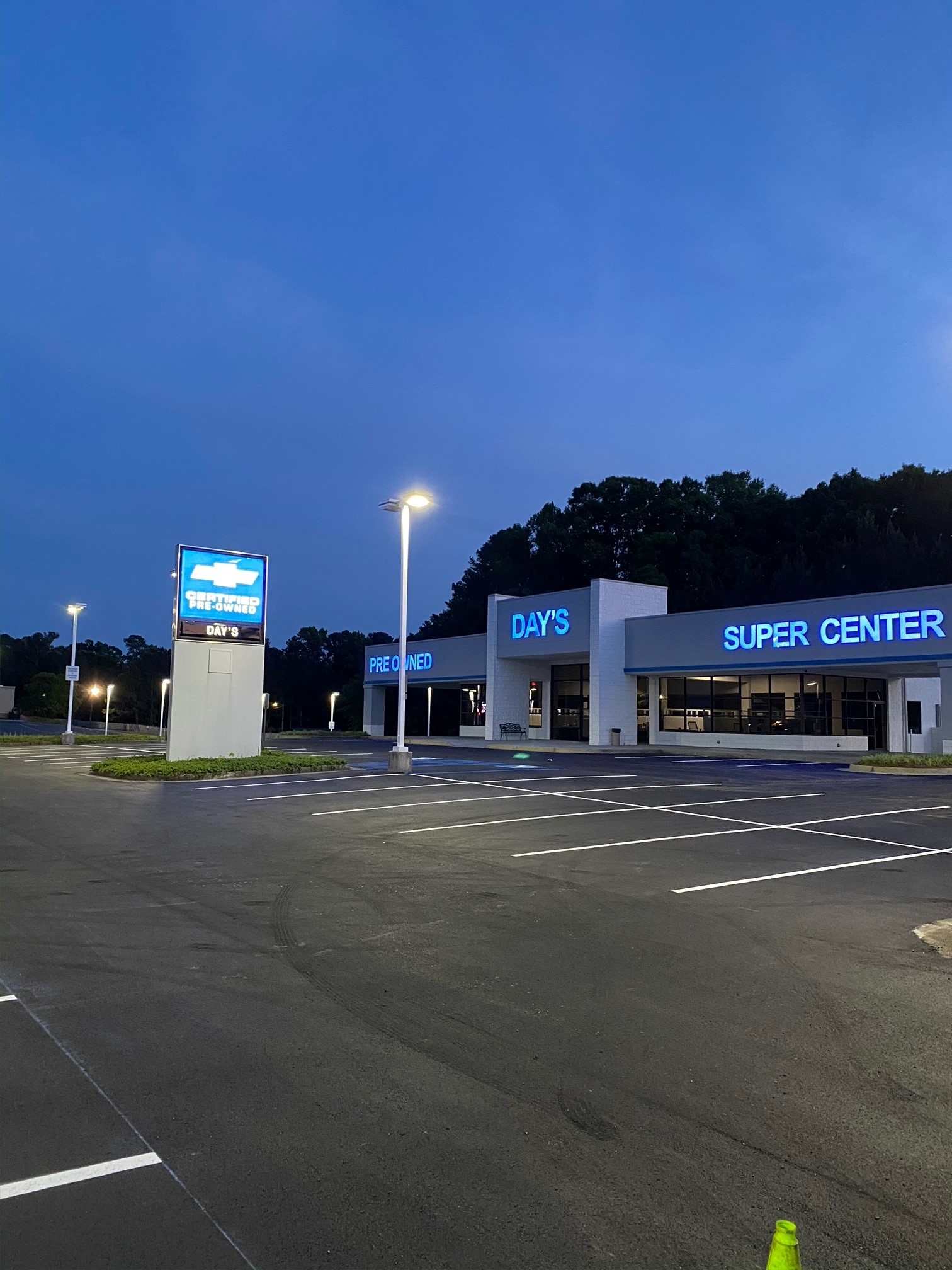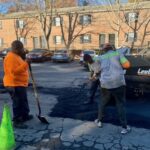Although the Atlanta area enjoys four distinct seasons, winters can vary widely. Warm air can push up from the Gulf of Mexico, bringing with it a phenomenon known as a false spring. Conversely, arctic cold fronts can sometimes reach the area and bring single-digit temperatures. With so much variation, it is not surprising that the spring can sneak up on you, seemingly arriving overnight. Once winter begins to wane, it is a good idea to take care of a few parking lot maintenance tasks while you can.
Why Is It Important to Handle Parking Lot Maintenance in the Spring?
A two-word answer would be winter and summer. Although the winter weather may have seemed relatively uneventful, your pavement was still exposed to some of the harshest conditions of the year. You need to assess the damage your pavement suffered over the winter, then take the appropriate steps. Since summer weather is also not kind to asphalt pavements, you should take action in the spring to make sure that your parking lot is ready for what is coming.
What Are the Five Parking Lot Maintenance Tasks to Complete in the Spring?
Although every asphalt pavement is a bit different, parking lot paving contractors typically recommend the following five maintenance procedures.
1. Clean the pavement. You want to remove any debris as well as any traces of deicing chemicals you may have used during the winter. You also want to clean up any automotive fluids that vehicles may have leaked while parked in your lot. A thorough cleaning allows you to see the condition of your pavement and identify any damage.
2. Repair any cracks that exceed approximately a quarter of an inch in any dimension. As the temperature rises, your pavement will respond to the thermal fluctuation. Cracks will worsen, increasing the likelihood of foundation damage from water penetration.
3. Repair any potholes or alligator cracking. Typically, a paving company’s preferred method of pothole repair is either a partial-depth or full-depth patch. If the alligator cracking is limited to a relatively small area, a full-depth patch may also be a feasible repair method. Like cracks, potholes and alligator cracking allow water penetration to inflict deep and severe damage.
4. Sealcoating your parking lot is one of the most cost-effective ways to enhance its appearance and simultaneously protect it from damage. Asphalt sealcoating helps prevent damage from automotive fluids and the sun. It can also return a faded pavement to its original color as well as help prevent future fading. Asphalt companies recommend sealcoating a parking lot pavement before it is a year old. Future applications will depend on your specific parking lot, but every two years is the average interval. However, some deicing agents can damage asphalt sealcoating, so you could need to adjust your schedule and sealcoat in the spring.
5. Parking lot striping is an important part of maintaining order, meeting legal requirements, and making your property more appealing. Parking lot striping paints and asphalt sealcoating typically have similar life expectancies, but your painted markings may have been damaged by winter weather. If your lines and markings show evidence of fading, peeling, or cracking, you should consider repainting. The ideal time to do this is immediately after sealcoating.
The Surface Masters would be happy to advise you on the precise maintenance procedures that would be the most beneficial for your particular parking lot. We are highly experienced professionals with an exceptional reputation for service and craftsmanship. Our services include crack sealing, sealcoating, asphalt repairs, milling and reclamation, asphalt paving, pavement markings, and concrete work. If you would like a free quote, fill out the online form, call 770-250-6392, or email Info@TheSurfaceMasters.com.


